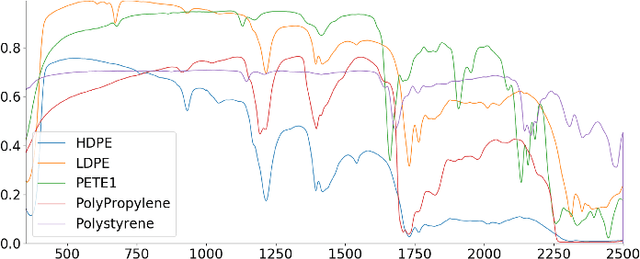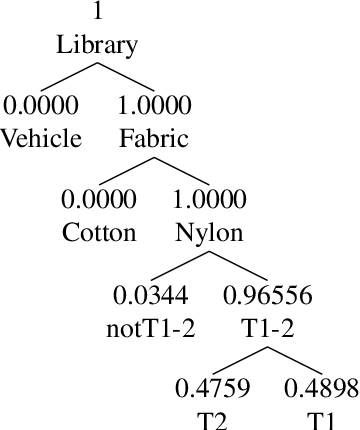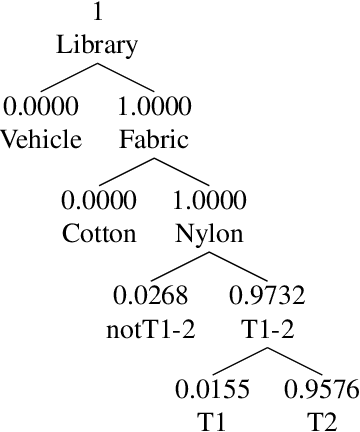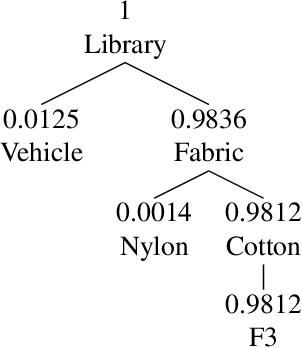Target Identification and Bayesian Model Averaging with Probabilistic Hierarchical Factor Probabilities
Paper and Code
Jul 21, 2022



Target detection in hyperspectral imagery is the process of locating pixels from an image which are likely to contain target, typically done by comparing one or more spectra for the desired target material to each pixel in the image. Target identification is the process of target detection incorporating an additional process to identify more specifically the material that is present in each pixel that scored high in detection. Detection is generally a 2-class problem of target vs. background, and identification is a many class problem including target, background, and additional know materials. The identification process we present is probabilistic and hierarchical which provides transparency to the process and produces trustworthy output. In this paper we show that target identification has a much lower false alarm rate than detection alone, and provide a detailed explanation of a robust identification method using probabilistic hierarchical classification that handles the vague categories of materials that depend on users which are different than the specific physical categories of chemical constituents. Identification is often done by comparing mixtures of materials including the target spectra to mixtures of materials that do not include the target spectra, possibly with other steps. (band combinations, feature checking, background removal, etc.) Standard linear regression does not handle these problems well because the number of regressors (identification spectra) is greater than the number of feature variables (bands), and there are multiple correlated spectra. Our proposed method handles these challenges efficiently and provides additional important practical information in the form of hierarchical probabilities computed from Bayesian model averaging.
 Add to Chrome
Add to Chrome Add to Firefox
Add to Firefox Add to Edge
Add to Edge